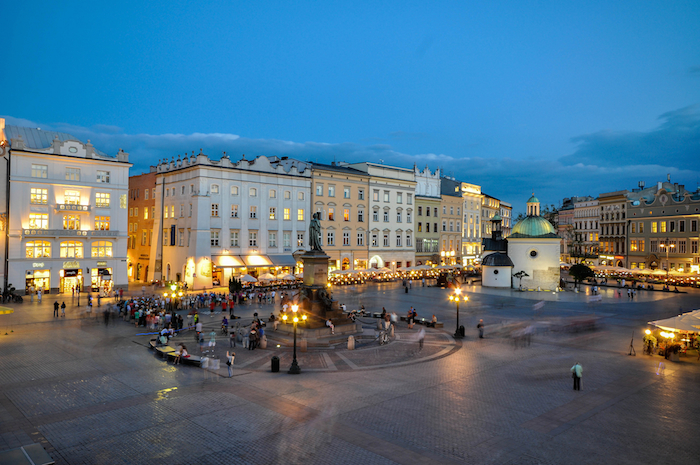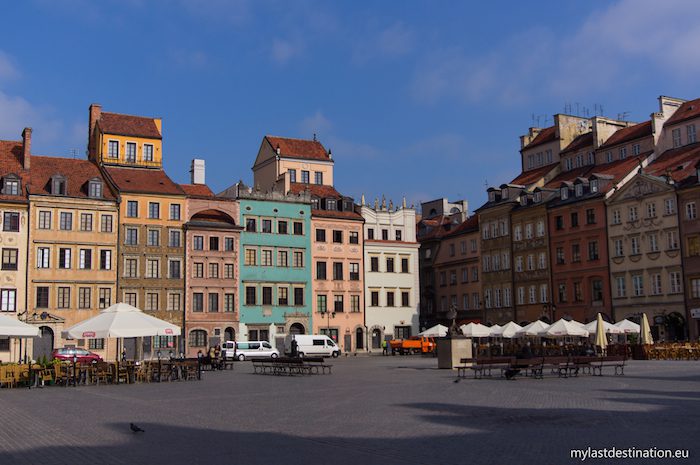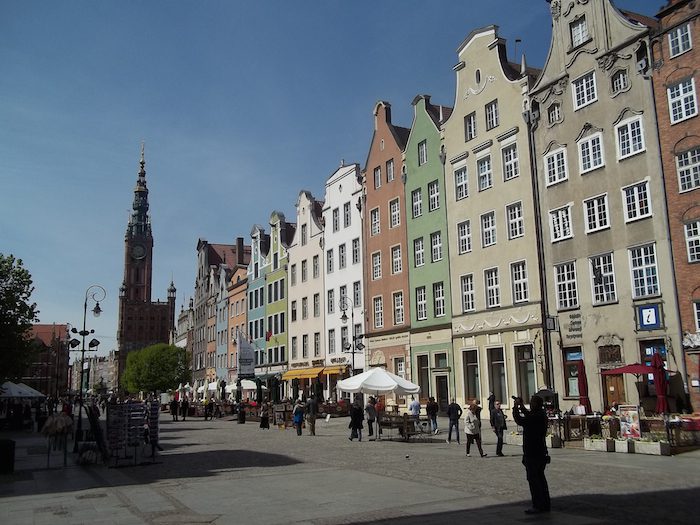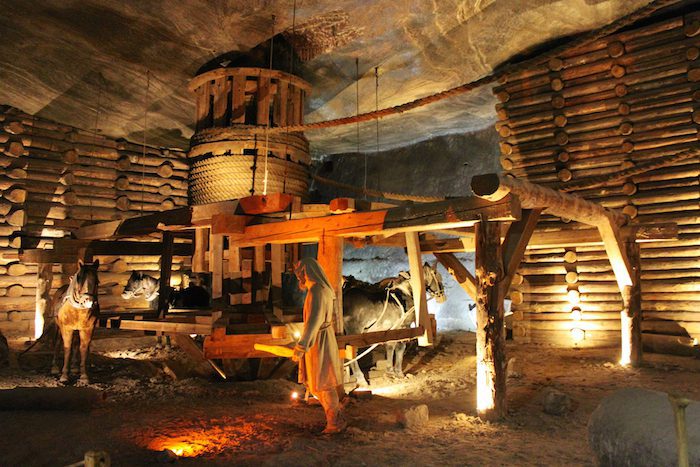Being the 69th largest country in the world, Poland has a long coastline and shares its border with Germany, Ukraine, Slovakia, Czech Republic, Lithuania and Kaliningrad Oblast exclave (Russia). This European country has an astounding blend of rich historical heritage and magnificent natural beauty.

Photo by Jorge Láscar
The main square market in the Kraków city was built in the 13th century majorly to serve the purpose of commerce. It is one of the largest medieval town squares in Europe measuring approximately two hundred square metres. The marvellous architecture of this medieval-era market square adds a nostalgic character to the wide historic space.
The main square was reconstructed in 1257 after the Mongol invasion. The place is surrounded by elegant and notable townhouses and churches and there’s cloth hall at the heart of the market square.

Photo by Guillaume Speurt
Warsaw is the capital of Poland. The old marketplace which originated around the 13th century is located at the heart of Warsaw. This marketplace has also found its place as one of the World Heritage sites declared by UNESCO. The Warsaw Mermaid is a bronze statue situated at the epicentre of the marketplace, is seen as a symbol of Warsaw since 1855. The historic museum at the northern end of the market place is also a must visit to get an insight into this historic city. This majestic marketplace definitely deserves a place in your Poland itinerary planner.

Photo by altotemi
This stunning city is situated on the coast of the Baltic Sea and is one of the major ports of Poland. From the majestic 12th-century Green Gate Royal Castle to the mesmerising Neptune Fountain, the architecture around the city is quite incredible. The Gothic styled City Hall was constructed in 1379 and the Mariacki Church and Street which is considered to be one of the most beautiful places in Poland take you back in time through centuries. Besides these landmarks, the historic Shipyard and the 82-meter tall Gdańsk cathedral – St. Mary’s Church, makes sure Gdańsk has it all, giving this significant city a guaranteed spot on your Poland travel planner.

Photo by Frank Vassen
The Bialowieza Forest and National Park is a UNESCO World Heritage Site of primary forest covering an astonishing area of 141,885 hectares. It contains areas of untouched forest and is like a natural laboratory providing many opportunities for the study and conservation of the varied types of biodiversity it holds safe. It is home to 59 species of mammals, including the iconic European Bison, over 250 birds, 13 amphibian species, 7 reptile and more than 12,000 invertebrate species. The Park is divided into zones of highly protected and unprotected areas. The unprotected areas are a popular destination for biking, hiking and some photography of wild forest and its animals. Bialowieza Forest is a must feature on your trip planner for your European sojourn.

Photo by Alexander Johmann
The Wieliczka and Bochnia Royal Salt mines are one of the oldest and most valuable monuments in Poland. It features on UNESCO’s World Cultural and Natural Heritage List. The deposit of rock salt has been mined by the Saltwork’s Castle since the 13th century and is a reflection of generations of miners and over 700 years of history and tradition of the nation. Today the mine attracts thousands of tourists every year, who come to see the kilometres of galleries it holds with works of art, sculptures in the salt and even the quaint chapels that have been built into the larger excavations. It is a marvel of nature and of the skill of mankind in preserving the area and making it a place of much glory.
Poland has a rare blend of the past and the present. A holiday here is bound to fill your heart with the warmth and culture of its people and atmosphere, giving you quite a life altering experience.
Counter
101 Countries • 1432 Cities